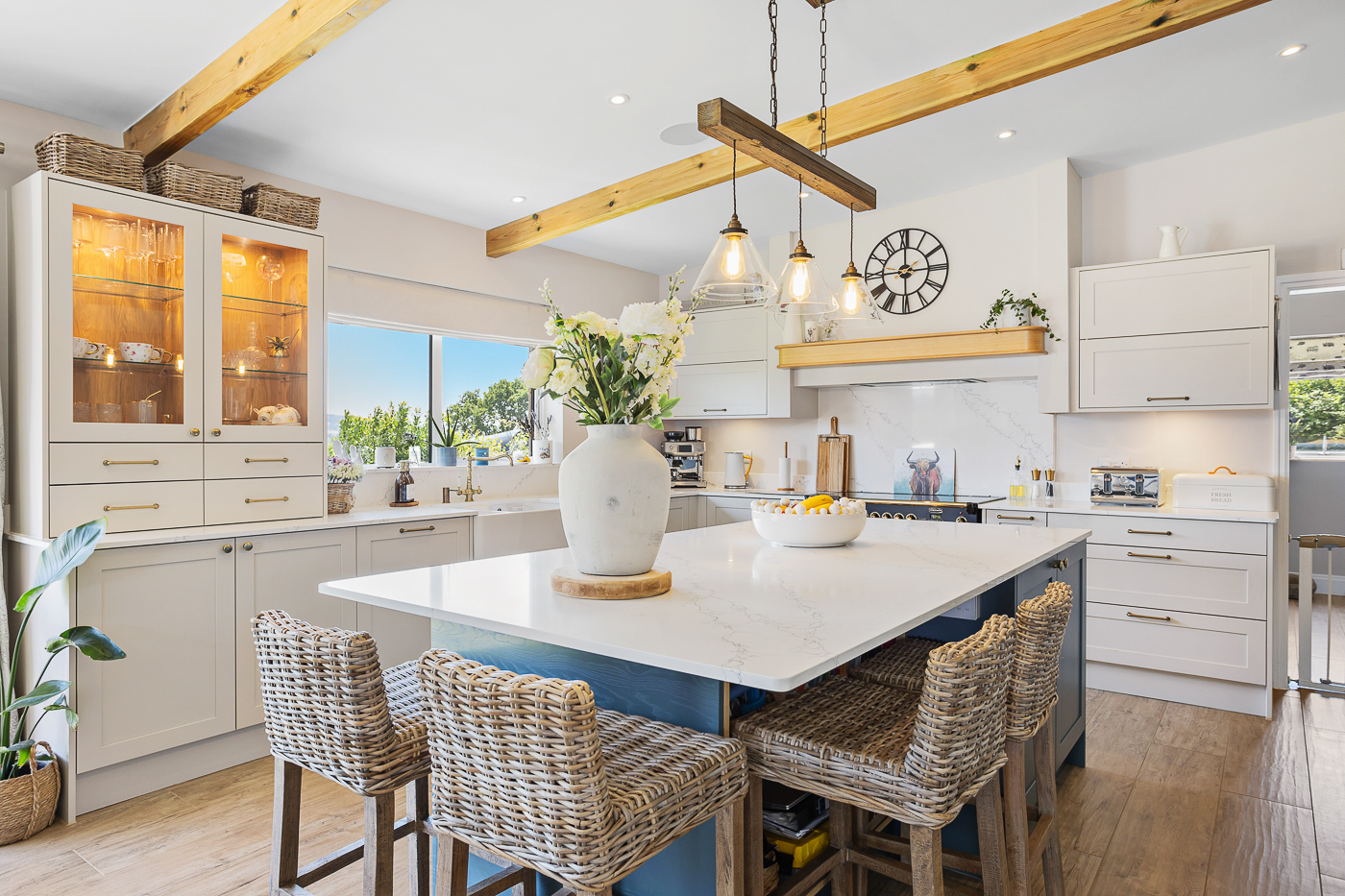As energy costs continue to rise and building regulations become more stringent, the performance of our homes has never been more important. Today, we’re exploring why timber frame construction is leading the way in building performance.
Thermal Performance Excellence
The Natural Advantage
Wood’s cellular structure contains thousands of tiny air pockets, making it a natural insulator. This inherent property gives timber frame buildings a head start in thermal performance:
- Superior U-Values achievable
- Reduced thermal bridging
- Deeper insulation zones possible within the frame
- Consistent temperature control
Energy Efficiency in Practice
Modern timber frame walls typically achieve:
- U-values as low as 0.12 W/m²K
- Air tightness levels below 3 m³/hr/m²
- Significant reduction in heating costs
- Excellent acoustic performance
The Comfort Factor
Timber frame homes offer exceptional living comfort through:
- Stable indoor temperatures
- Reduced temperature fluctuations
- Better humidity control
- Improved air quality
Speed and Precision
Modern manufacturing means:
- Factory controlled conditions ensure precise fitting
- Minimal thermal bridges
- Consistent insulation installation
- Quality controlled assembly
Future Proofing
Timber frame construction easily adapts to evolving standards:
- Passive house principles can be readily incorporated
- Easy integration of renewable technologies
- Adaptable to changing regulations
- Flexible for future modifications
Cost Benefits
The superior performance translates to real savings:
- Lower heating bills
- Reduced cooling costs in summer
- Minimal maintenance requirements
- Long-term energy efficiency

